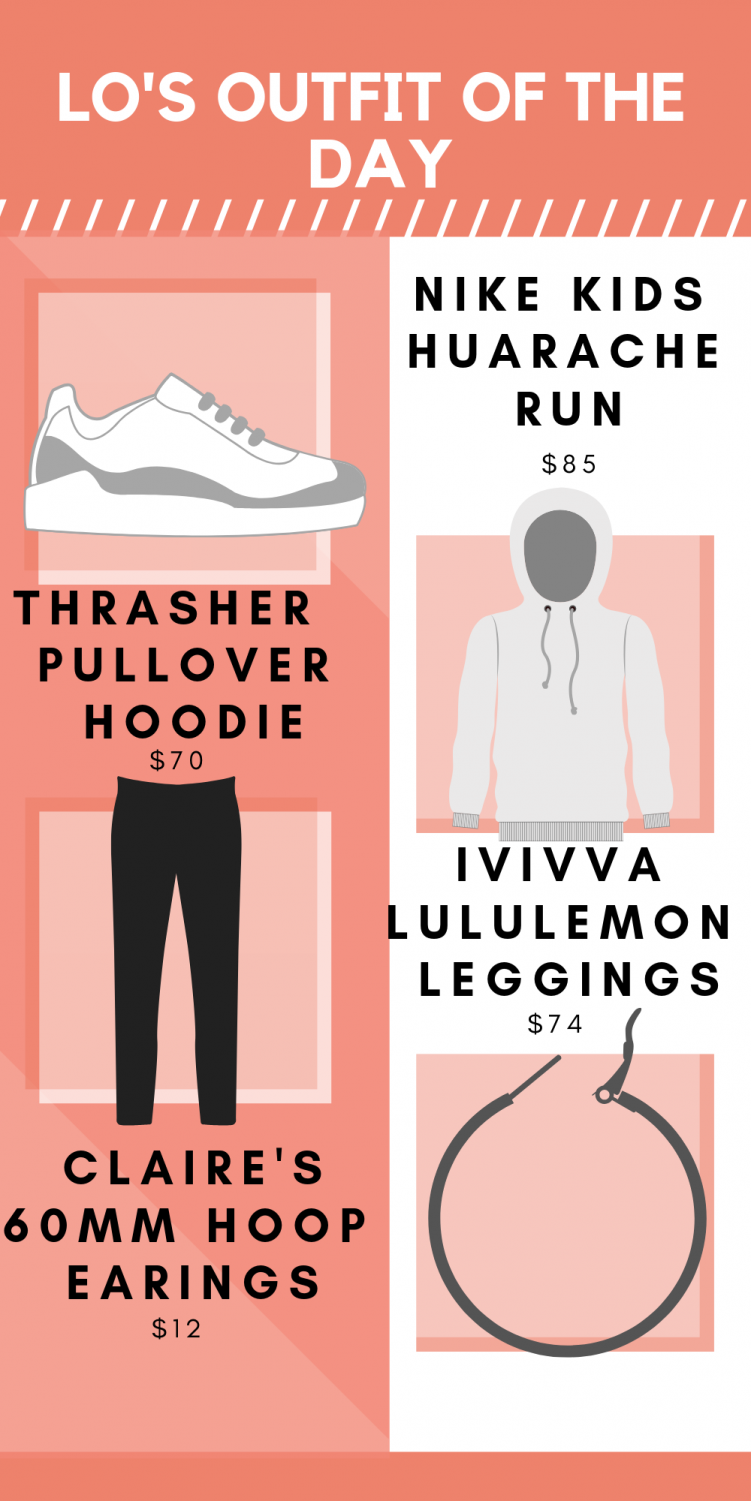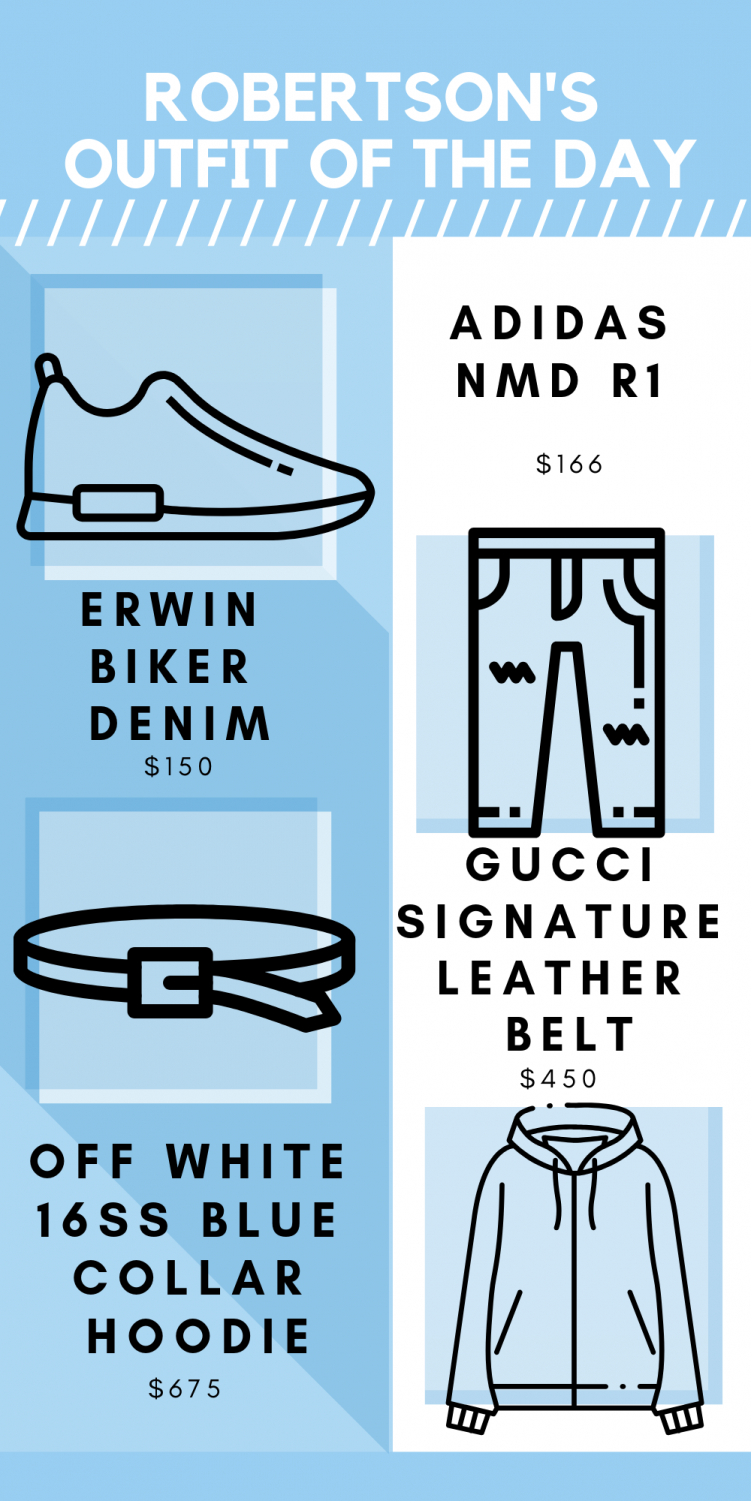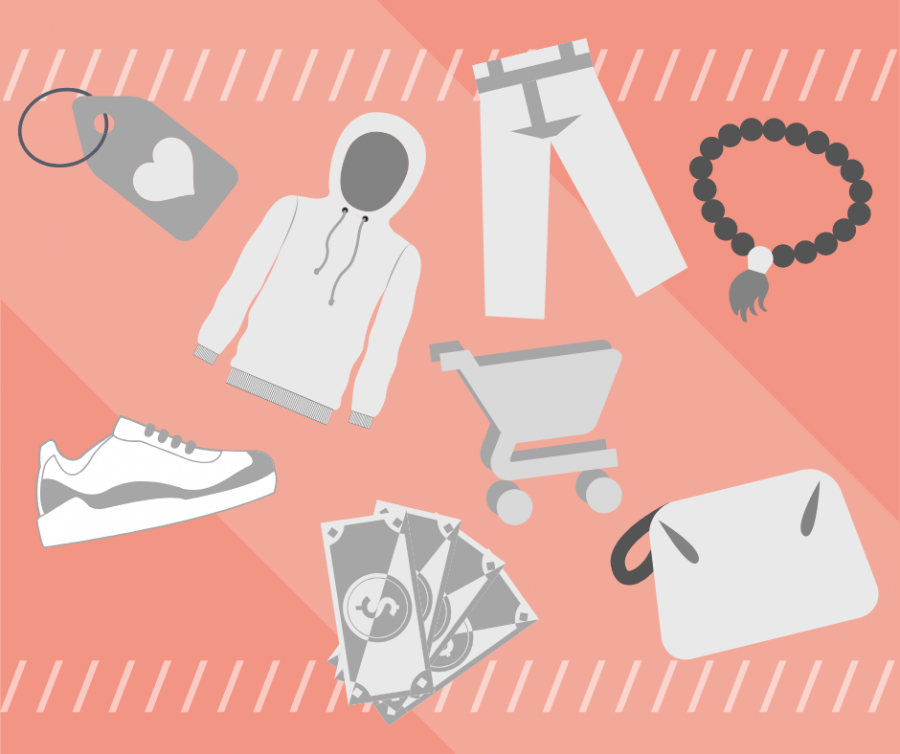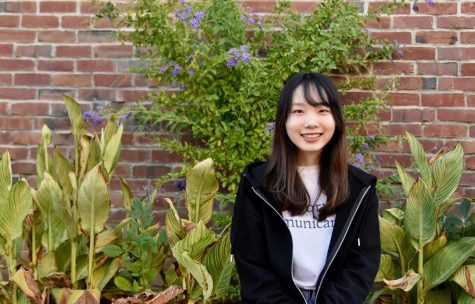Paid Pride
March 2, 2019
Double tap. She scrolled through the endless posts of the outfits that her fashion inspirations and friends flaunted, making a mental note of the brands that they were wearing. Looking at her own closet, she sighed, feeling unsatisfied.
Sophomore Annie Lo has always been interested in the latest fashion trends. In middle school, she caved in to the influence of social media personalities, beginning, what she calls, a shopping addiction. Her shopping habits only got worse when she realized that her outfits gave her a chance to fit in with others at school.
“I wanted to dress nice for other people and I like having other people compliment me,” Lo said. “Your friends are not supposed to judge based on what you wear, but I [felt] like in a sense, people would be less inclined to talk to me if I didn’t have nice clothes.”

Other people’s opinions play a large role in Lo’s desire to constantly purchase new clothing. While many other people initially shop for fun and leisure, Lo explained that shopping can go out of hand to the point where people purchase items just to fit in with society. In particular, clothing or accessories from certain brands have the ability to increase social status according to Lo.
“Yesterday people were talking about ‘Oh do you speak broke? Do you have Airpods?’” Lo said. “People do the same thing with clothing, like with Lululemon bags. Lululemon is an expensive brand in other places, but over [in Cupertino] everyone has a pair of leggings.”
In this sense, Lo’s favorite brands align with those most popular among her friends. She is particularly inclined to shop and like clothes from Brandy Melville and Pacsun because she knows that other people think the clothing is trendy.
“I feel like if nobody liked [Brandy Melville], I wouldn’t know even know about it and I wouldn’t even shop there,” Lo said. “A lot of the stores that I shop at are places that a lot of people shop at.”
Sophomore Thomas Robertson recognizes the influence that popular brands can have on spending patterns. Since eighth grade, he has been reselling sneakers, clothing and other accessories from streetwear brands like Supreme on Stock X, a consumer marketplace that allows people to buy and sell popular items.
“If Supreme does a collaboration with North Face, their jackets easily resell for double the price,” Robertson said. “It has the popularity [and] would probably resell handsomely.”
Robertson regularly follows “hypebeast” clothing brands, a term used to describe an aesthetic for trending designer clothes often worn to flaunt wealth. Catering to the hypebeast style, Robertson only resells from notable brands, but does not purchase his own clothing based on labels. When he isn’t shopping to resell, it’s more of the quality of the clothing that matters to him than the “hype” around the brand.
“I don’t really have a pressure [to buy nice clothes], and I don’t really care too [much] about the brand,” Robertson said. “I care more so that it fits me well and [that] I have other stuff that match with it.”

Similarly, senior Bernice Lin explains that brands are not her first priority when she shops for clothing. Rather, she focuses on the overall style and comfort, as well as the quality of the clothing.
“The quality is the most important,” Lin said. “I really like good quality clothes … The proportions and ratio, the material, the fabric, I really look into those, especially when I’m choosing my own clothing because it has to be comfortable for me.”
Still, Lin admits that she does get some inspiration from those around her. In addition to regularly following red carpet events, celebrity street style and fashion week looks, Lin gets styling ideas from her friends. However, she says she always maintains her own fashion preferences.
“They have their own style,” Lin said. “They go for more chic, or more streetwear, or like a more hippie style. I might get ideas from them, but I’ll still lean towards my own style.”
Admittedly, Lo says she loves the feeling of flaunting a new outfit, but notes her shopping habits have been better recently. As she shops now, Lo will buy an item depending on how many of the same item she already has. Lo’s father has had some influence on this and has made a few restrictions for her while she shops, but understands the pleasure it brings her.
“My dad always says that I want things that I already have,” Lo said. “I have jeans, but not mom jeans, I have skinny jeans. Technically, we only need maybe 7 pairs of shirts, but I want 5 tank tops, and 10 t-shirts and 5 tub tops. It’s unnecessary. My dad knows it makes me happy and he just wants to make me happy, but he knows that it’s not a necessity.”
Lo believes the influence that social media and Monta Vista has had on her morals has made it a priority to present herself a certain way to others, in this case, with clothes. Because of this, Lo doesn’t believe she’ll ever stop shopping based off trends anytime soon.
“I think people could be insecure based on what type of [clothing] they have, especially because a lot of society judge based on appearances and first impressions,” Lo said. “I wanted to dress nice for other people and I like having other people compliment me. I did it for myself and other people, and I shouldn’t do it for other people. That’s where my shopping addiction kind of came from.”





























